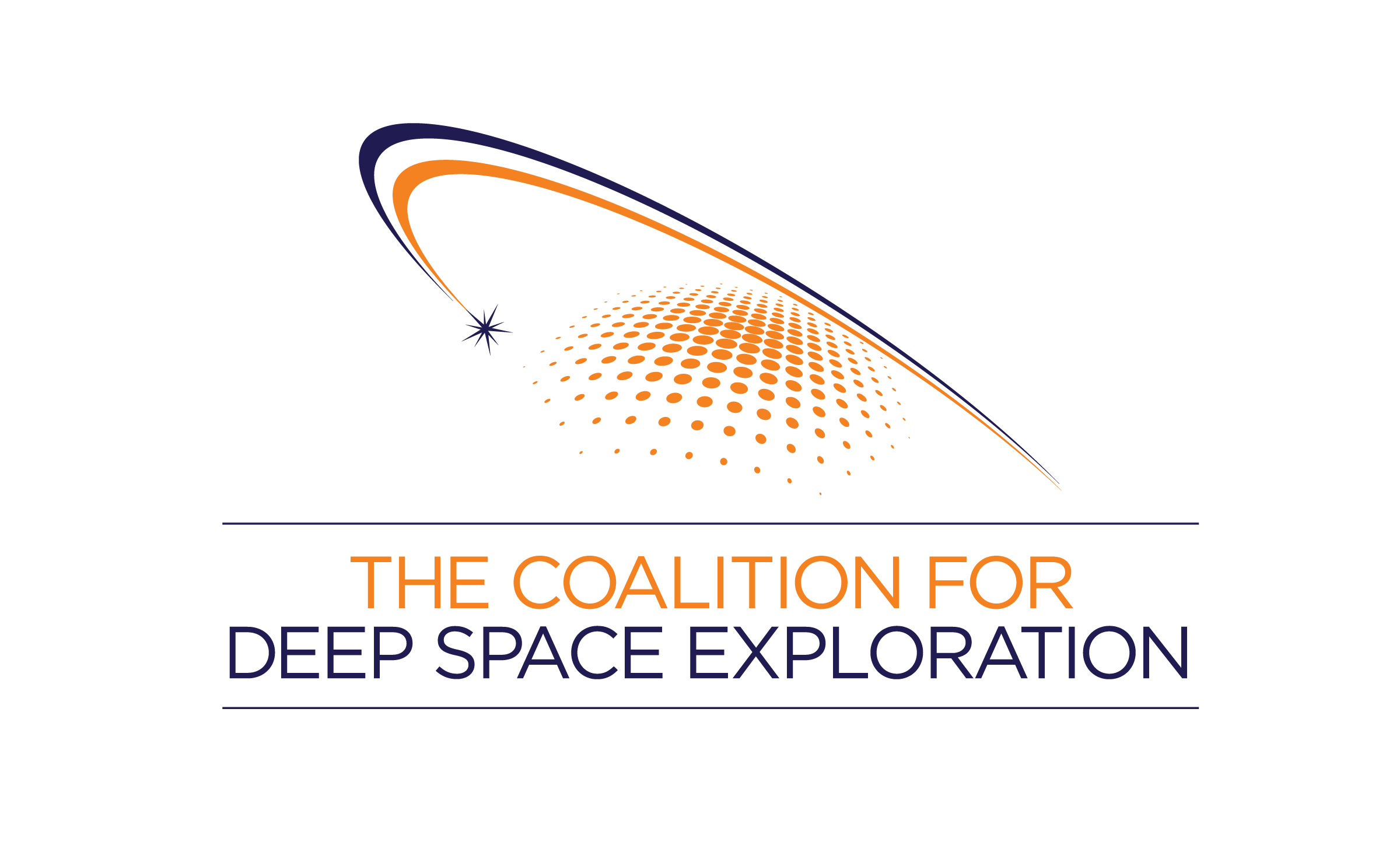Industry leaders lend insight into NASA’s current habitation concepts that will launch the next chapter in deep space exploration
The Coalition for Deep Space Exploration (Coalition) commends the U.S. House Committee on Science, Space and Technology’s Subcommittee on Space for its May 18 hearing on deep space habitats, the next major step in NASA’s human exploration program beyond low-Earth orbit.
“Deep space habitats represent the first-ever semi-permanent encampment for humans outside low Earth orbit” said Dr. Mary Lynne Dittmar, executive director of the Coalition. “NASA plans to develop and validate these habitats by leveraging SLS and Orion missions over the next decade, steadily increasing the duration of astronaut missions near the Moon in preparation for future crewed missions to Mars. As the industry voice supporting NASA’s programs, the Coalition thanks the subcommittee for hosting this hearing. The discussion helped educate the public and human space exploration stakeholders about industry partnerships already underway in support of NASA’s habitation concepts.”
In 2014, NASA began working with several industry partners on habitat prototypes, some of which were discussed in the hearing. Jason Crusan, director of NASA’s Advanced Exploration Systems, led the group that testified before the subcommittee. He was joined by industry witnesses including: John Elbon, vice president and general manager of Boeing Space Exploration; Wanda Sigur, vice president and general manager of civil space for Lockheed Martin; and Frank Culbertson, president of the Space Systems Group at Orbital ATK. Author Andy Weir, whose novel “The Martian” was turned into a popular movie that has refocused public interest on the journey to Mars, also provided his perspective.
The group stressed the importance of using cislunar space as the “proving ground” for developing deep space habitats. Cislunar space begins beyond low-Earth orbit and extends beyond the Moon. Human activities there in the 2020s may include remotely operating robots on the lunar surface and conducting scientific studies, both of which could be accomplished in sortie missions staged from a deep space habitat.
Congress provided funding in the FY 2016 Omnibus Appropriations bill to continue development of NASA’s deep space habitat work. Dittmar said this funding and oversight represent “the bipartisan and bicameral support for this important next step in NASA’s exploration program.”

